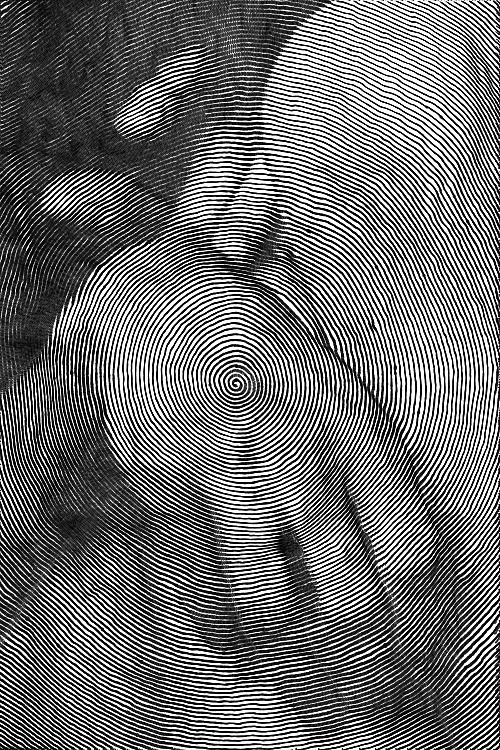Text

Portrait of the Sculptor Tommaso Bandini. 1835. (1807-1849), done by his cousin Enrico Bandini Italian 1807-1888. oil/canvas. http://hadrian6.tumblr.com
538 notes
·
View notes
Photo

Andrea Casali, 1705-1784
Cleopatra, n/d, oil on canvas, 100x74 cm
Private Collection
27 notes
·
View notes
Photo

And about the ninth hour Jesus cried with a loud voice, saying: Eli, Eli, lamma sabacthani? that is, My God, my God, why hast thou forsaken me? Crucifix in a side chapel of Santa Balbina, Rome.
830 notes
·
View notes
Photo

Las Tres Gracias, por Antonio Canova (1817).
5 notes
·
View notes
Photo

Edward Burne-Jones: Spona de Libano, la novia del Líbano (1891).
9 notes
·
View notes
Photo

Jan Gossaert (Mabuse): Madonna de Lovaina (1516).
17 notes
·
View notes
Photo

Miguel Angel Buonarroti: Moisés (1515).
38 notes
·
View notes
Photo










Michelangelo Buonarroti - The David, 1501-1504.
In 1501 Michelangelo was commissioned to create the David by the Arte Della Lana (Guild of Wool Merchant), who was responsible for the upkeep and the decoration of the Cathedral in Florence. For this purpose, he was given a block of marble which Agostino di Duccio had already attempted to fashion forty years previously, perhaps with the same subject in mind.
Michelangelo breaks away from the traditional way of representing David. He does not present us with the winner, the giant’s head at his feet and the powerful sword in his hand, but portrays the youth in the phase immediately preceding the battle: perhaps he has caught him just in the moment when he has heard that his people are hesitating, and he sees Goliath jeering and mocking them. The artist places him in the most perfect “ contrapposto”, as in the most beautiful Greek representations of heroes. The right-hand side of the statue is smooth and composed while the left side, from the outstretched foot all the way up to the dishevelled hair is openly active and dynamic. The muscles and the tendons are developed only to the point where they can still be interpreted as the perfect instrument for a strong will, and not to the point of becoming individual self-governing forms.
Once the statue was completed, a committee of the highest-ranking citizens and artists decided that it must be placed in the main square of the town, in front of the Palazzo Vecchio, the Town Hall. It was the first time since antiquity that a large statue of a nude was to be exhibited in a public place. This was only allowed thanks to the action of two forces, which by a fortunate chance complemented each other: the force of an artist able to create, for a political community, the symbol of its highest political ideals, and, on the other hand, that of a community, which understood the power of this symbol. “Strength” and “Wrath” were the two most important virtues, characteristic of the ancient patron of the city Hercules. Both these qualities, passionate strength and wrath, were embodied in the statue of David.
Credit: Web Gallery of Art and Twisted Sifter
Art Through Time
12 notes
·
View notes





